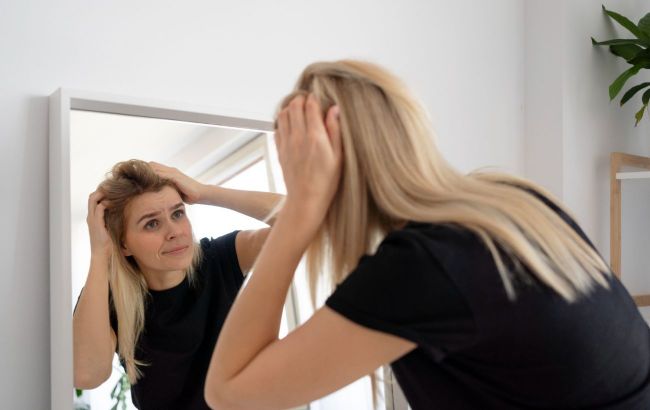Natural hair color boosters: 3 tricks you didn't know about
 Factors that affect hair color (photo: Freepik)
Factors that affect hair color (photo: Freepik)
A vivid hair color can change not only due to dyeing but also because of everyday habits and routines. As a result, hair may become dull, yellowish, or uneven, reports Southern Living.
Sun exposure (ultraviolet)
The sun breaks down melanin in the hair, leading to fading and dullness. This effect is especially pronounced on dyed hair.
Sunlight accelerates oxidative processes in the hair strand. Hair becomes brittle and porous, and the color fades more quickly.
Protecting hair from the sun:
- Specialized sprays and conditioners with UV filters
- Hats, caps, scarves
- Moisturizing masks and shampoos for dyed hair
Thermal damage
Frequent use of curling irons and high-heat hair dryers damages the hair's structure and pigment. As a result, the color becomes dull and the hair brittle.
How to minimize damage:
- Adjust the temperature: 130-170°C for fine or dyed hair, 180-200°C for thick hair
- Limit the frequency of styling tool use
- Choose ceramic or tourmaline coatings, which distribute heat more evenly
Harsh products
Shampoos with strong sulfates strip both natural and dyed pigment. Frequent washing with hard water (high in calcium) can also dull hair color.
Aggressive washing or frequent use of shampoos with abrasive components damages the hair cuticle, contributing to split ends and breakage.
Additionally, frequent dyeing, chemical perming, and blow-drying with hot air, combined with harsh shampoo, increase the risk of damage.
Wash hair with cool or lukewarm water, not hot. Hot water washes out pigment faster. The optimal washing frequency is 2-3 times per week.
Also, avoid leaving shampoo on your hair for too long, as it can cause the color to fade.
Earlier, we reported that scientists had discovered a chemical that may help restore hair.

